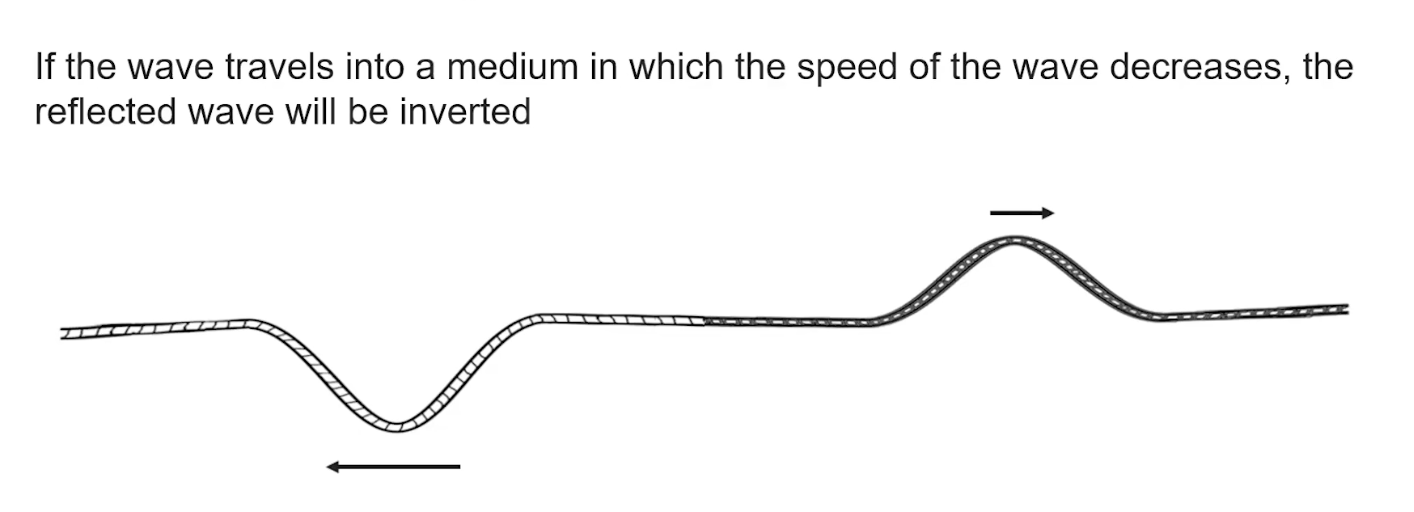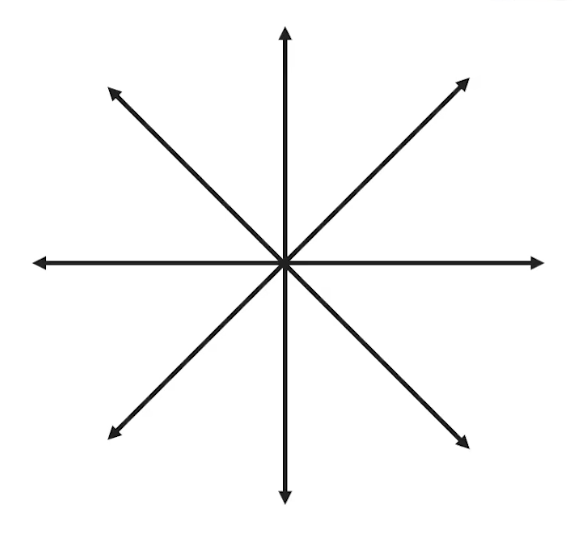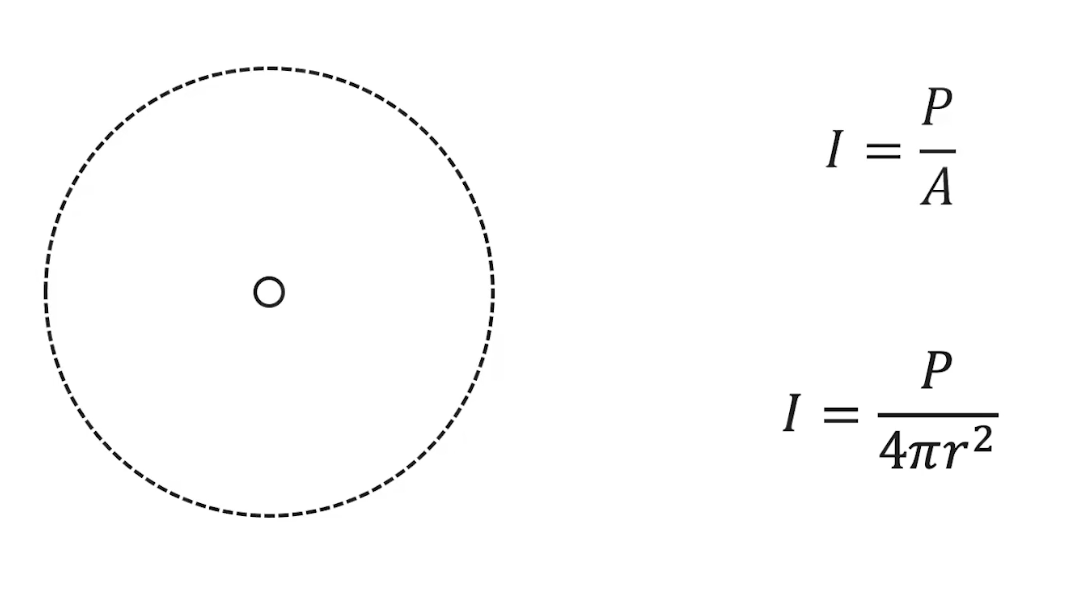As we discussed in 14.1 — Properties of Wave Pulses and Waves, a medium is a substance through which a wave may travel. Electromagnetic waves (light, radio, etc) do not require a physical medium to travel through (they travel through a vacuum), while mechanical waves do.
A boundary is where one medium ends and another begins, in which a wave can either: reflect, transmit, or both reflect and transmit. This is similar to what we discussed in 13.1 — Reflection. The frequency/period of a wave does not change as it goes through a boundary and switches mediums.
Reflection & Refraction
From 14.1 — Properties of Wave Pulses and Waves and 14.2 — Periodic Waves, we know that the speed of a wave depends on the medium it travels through. As a result, if a wave moves into a lower mass string (medium), the speed of the wave will increase. Conversely, moving into a higher mass string will slow down the wave.
When a wave pulse transmits through a medium in which the speed of the wave decreases, the reflected wave will be inverted (as seen below). If the transmitted wave moves into a medium where the speed increases, the reflected wave will not be inverted.

Transverse Waves
Transverse waves oscillate in many different ways so we represent them with the following notation. This type of light waves is referred to as unpolarized light, as they travel in many different coordinate planes:

It is also possible to force the light to a single orientation in a single plane, which is then known as polarized light. Light is mostly polarized through polarizing filters, which have a distinct orientation such that all the light waves that pass through also follow the orientation of the polarizing filter.
There’s also a little bit of polarization through reflection and refraction of waves. When a wave intersects a boundary, the unpolarized component that lies perpendicular to the surface is reflected, which results in polarized light. Similarly, since these waves have now left the refracted wave, the refracted waves are also slightly polarized.
Wave Intensity
Wave intensity is a measure of the amount of power transferred per unit area. It is not considered when a wave is moving, but rather when it is at its reception point. It is measured by the following: where:
- is the intensity of the wave
- is the power of the area () where is energy and is time
- is the area over which the wave is spread (not the amplitude!)
Decreasing Intensity
Intensity essentially decreases as the waves depart from the source. For example, in the given diagram below, the wave is kept going further and further from the source, which increases the radius of the area of the wave. Since intensity is inversely proportional to area, the increase in area will decrease the intensity:

Similarly, when we have polarization by reflection or refraction or polarization filters, some of the waves depart, which means the power of the waves reduces. As a result, the intensity of the wave once again decreases.